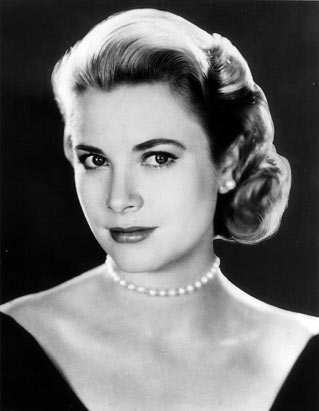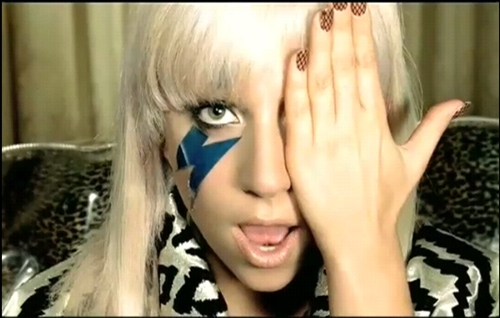The myth of styles
30th December 2010
- Introduction
- What is "style"?
- The good old jargon problem
- The Wood And The Trees
- On the other hand...
- It's not all bad
- Related articles
Introduction
Villa Urquiza style, Orillero style, Milonguero Style, Salon style... argh!
There's a good listing of various styles here - there's also, as always, some entries on Wikipedia.
I won't attempt to duplicate this work - this is not another list of styles.
However, neither is this an "all styles are rubbish" article. Lots of people have spent lots of time documenting, defining and attempting to explain the different ways of dancing Tango, and it'd be churlish of me to denigrate those efforts. There are genuine differences in the way people dance - some obvious, some not - and it does make sense, to a point, to describe these differences.
So what is this about?
Simply put, it's an attempt to put a "style" debate into perspective.
What is "style"?
A quick definition
For the sake of this article, let's assume that "style" means "a specific way of movements within Argentine Tango" rather than - say - "How cool someone looks whilst dancing". So a person may dance a particular style, but may not dance with style. Hopefully that makes sense...
"Style" is not "stylish"
So following on from that definition, no style is a magic bullet to tango excellence.
Learning, practicing and dancing in a particular style will not, in general, make you a better dancer. At best, it'll improve your ability to dance in that specific style. At worst, too much focus on one particular style will degrade your general ability to dance socially with people who aren't dancing in that style.
So you won't become a Tango God through focussing on Milonguero Style - you'll simply be able to dance better in that style. But if you're a poor dancer to start with, you will still be a poor Milonguero-Style dancer at the end of the process.
"Style" is artificial
Many articles about Tango Styles start off by informing us that in Buenos Aires, most people have no particular style - if you ask a milonguero what style he dances, he just shrugs and says "Tango". Of course, this statement is then typically followed by lists of particular styles as danced in particular areas of Buenos Aires; Tango orillero (the suburbs), Villa Urqiza (the northen Barrio), and so on.
So, no contradiction there then...
Actually, there is a way these can both be true - if the milongueros themselves are unaware of how their own style differs from that of other areas. So if we define "style" as "a distinct way people dance", then it starts to look a bit more sensible.
On the other hand...
One problem with "style" is that it can be, and has been, abused as a marketing tool - a fashion gimmick, if you want.
An example: Villa Urquiza
Here's an example: around 2009, pretty much every visiting teacher to London, and every Tango weekender, offered workshops in "Villa Urqiza style". It was, well, in style.
Now, yes, this is indeed a style of dancing - here's Jorge Dispari dancing it:
It's nice.
But lots of tango dancing is nice. There's nothing uniquely wonderful about this style that makes it superior to many others.
And further, you ask several different teachers what was unique about the style, you got several different answers. So either the style was undefined, or the teachers didn't know enough about it, or they simply weren't teaching it.
I reckon most of the workshops were simply standard tango workshops, with the name "Villa Urqiza style" tagged on to make them sell.
Finally, now (as of 2010 / 2011), you can't find a VU style workshop in London for love or money. With the exception of thos who have always taught that way (such as Claire Loewe of Tango South London), VU has gone out of, heh, style.
What's wrong with fashion?
"But things change...People change...Hairstyles change." ~ Top Secret
You may ask "So what?". Life is a journey, after all. Fashions evolve.
Well, this is a style:

And this is a fashion:

So I guess the obvious point is, style is eternal, fashion is fleeting.
If you focus on fashion in your dancing, you ignore the style. So going back to the original terminology, don't confuse a style with a fashion.
The good old jargon problem
I've written a couple of articles about jargon previously (TangoBabble and Terminology Tyrants - you can probably guess from the titles alone that I have a certain view on the issue...
Anyway, another problem with styles is that they can be used as jargon. People get seduced by the terminology, the jargon. For example, they start talking about how a certain style encompasses greater musicality, simply because that's something they've read or heard in a workshop, but without explaining how this is possible. They simply accept it on faith.
The Wood And The Trees
It ain't what you do, it's the way that you do it" ~ Bananarama
Finally, there's a related problem of focus / excessive categorisation.
When I first started learning to dance, I spent a long time listing moves in my Black Book Of Cool Moves (many leaders do the same thing, so I feel only a small amount of shame recounting this - plus, this was a long time ago, I was young and careless...)
It took me a good couple of years to get myself past that phase, and quite some time longer before I could ignore the moves and focus on the movement. There's definitely a "Move-monster" stage of dancing, usually at the 2-years stage, where people can think they know a lot because you can recite and perform 100 specific moves in a single dance.
If you spend too much time thinking about how a particular style works, or if you spend too much time listing styles and excluding / including every movement from specific styles, you're falling into the Pokemon trap. You're becoming a collector, not a dancer.
So excessive focus on a particular style will stop you focussing on the areas that allow you to develop your dancing - in any style.
It's not all bad
All that said, there is some value in studying the different ways people can move to music. One experiment I'd love to try is to get a series of advanced tango dancers, and film them dancing to specific sets of music in a controlled manner; first varying the partners, then varying the music. I suspect the results would be interesting.
And whilst good style is achieved through of technique and practice, it's always good to know the sorts of thing you can achieve with such work.
In addition, styles evolve for reasons; because of changes in circumstances or music, or simply because a guru-level dancer starts to do things in a different way. Styles also do certain things very well and other things very badly: the aforementioned Villa Urqiza style is not the way to go in cramped venues with poor floorcraft, for example. Unfortunately, the teaching of styles tends to avoid the topics of why a style does what it does, and whether that style is applicable to where (and how) you want to dance.
But if you remember that dancing with style is different to dancing a style, you'll probably be OK.
~ David Bailey, 30th December 2010